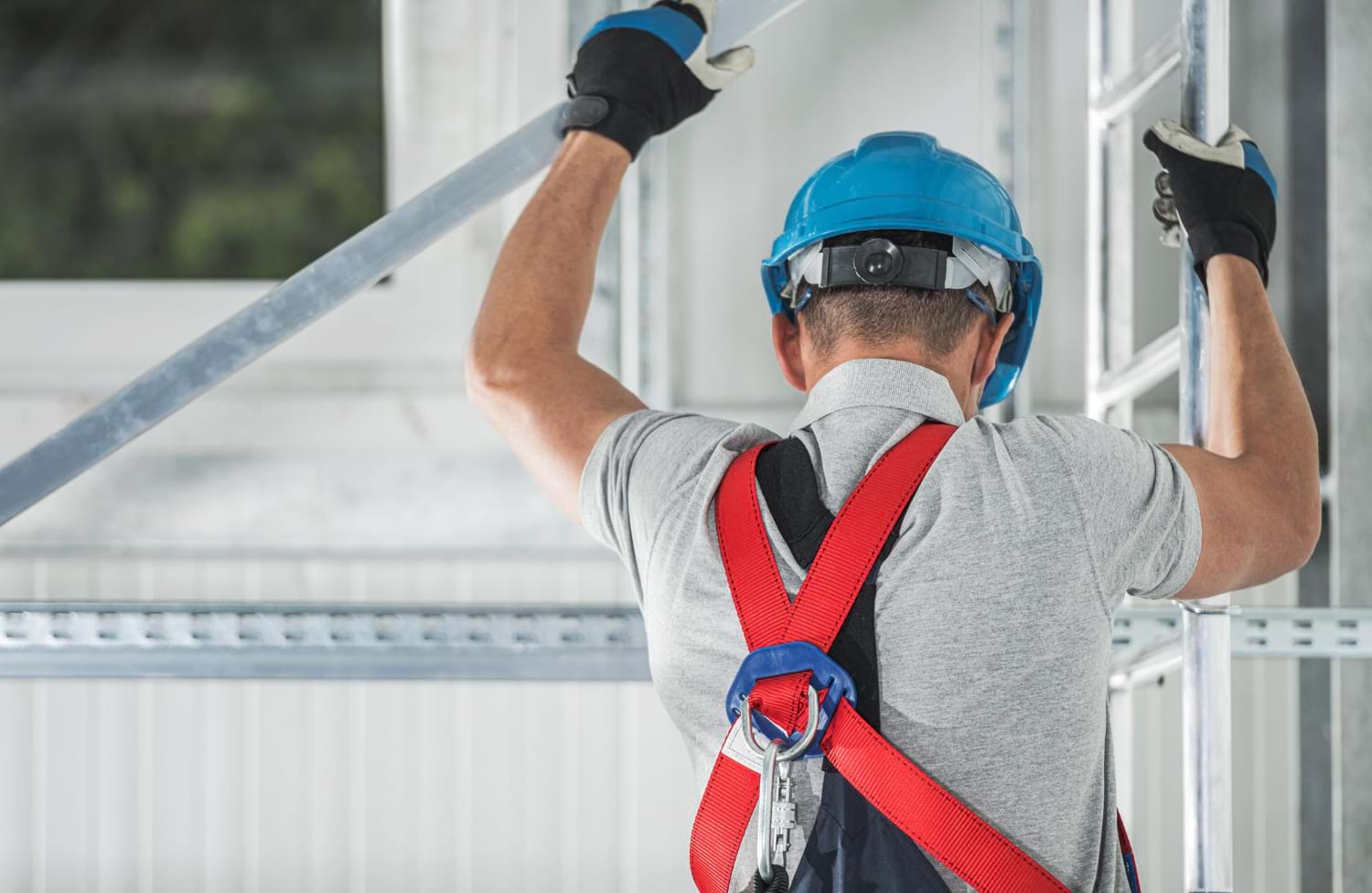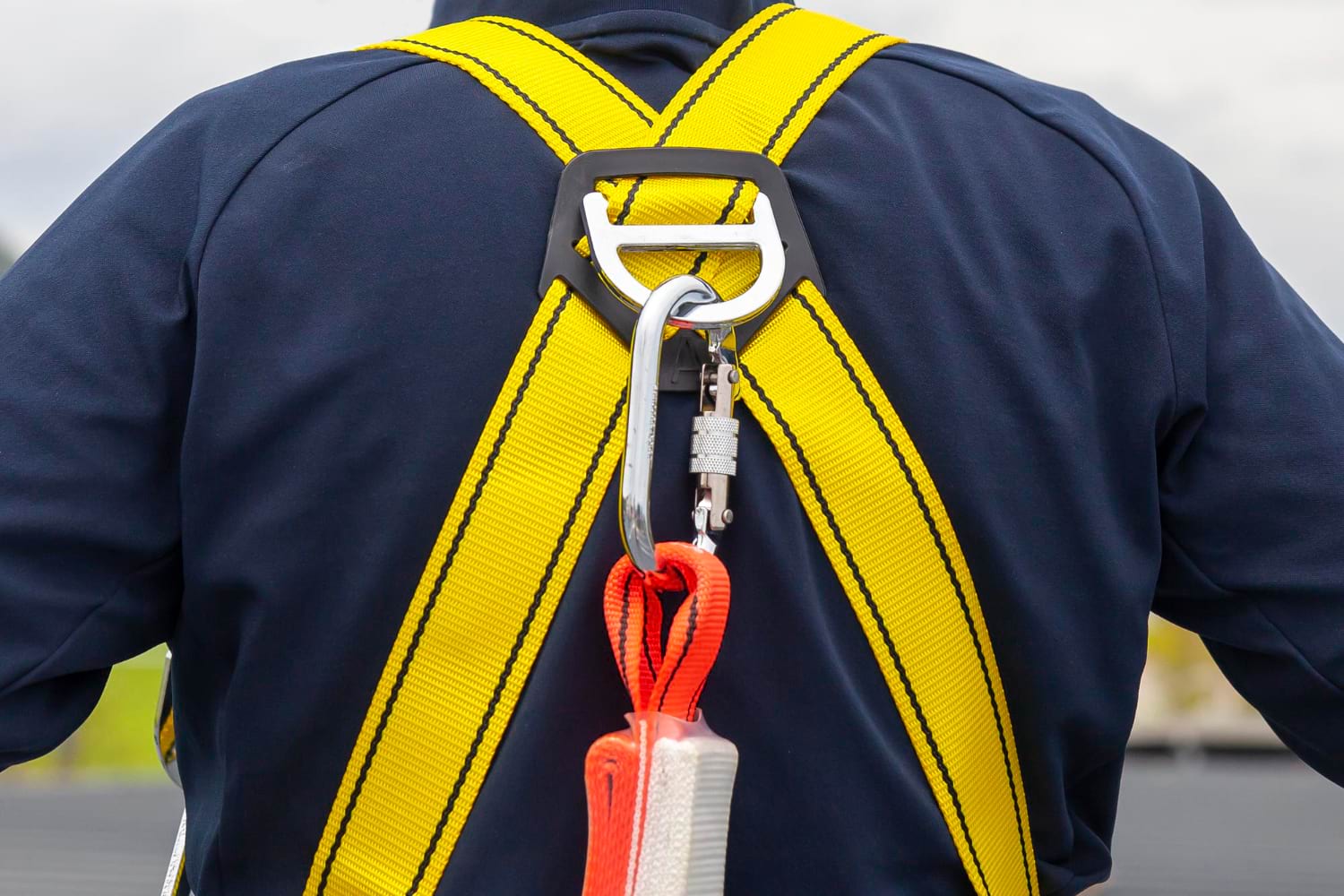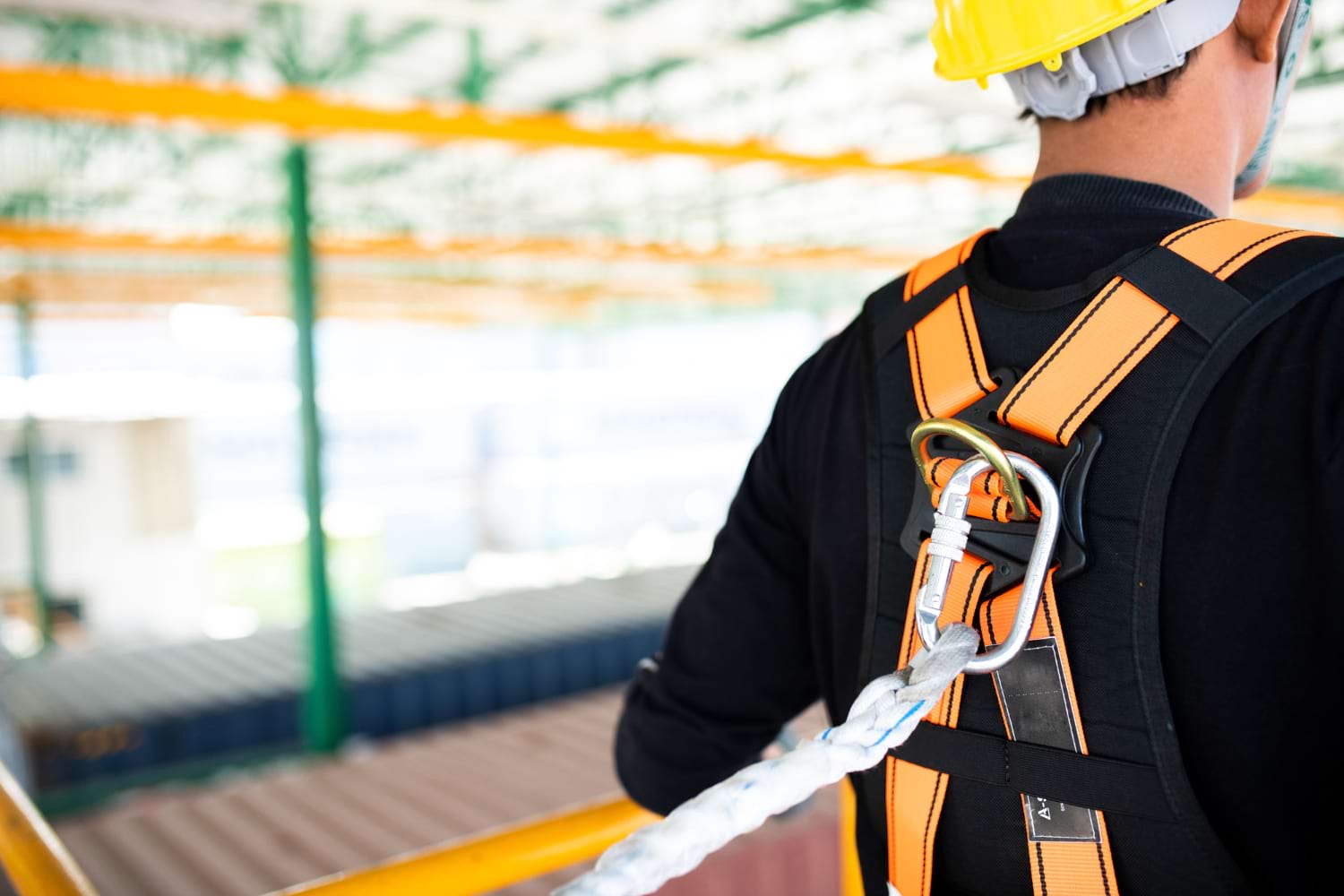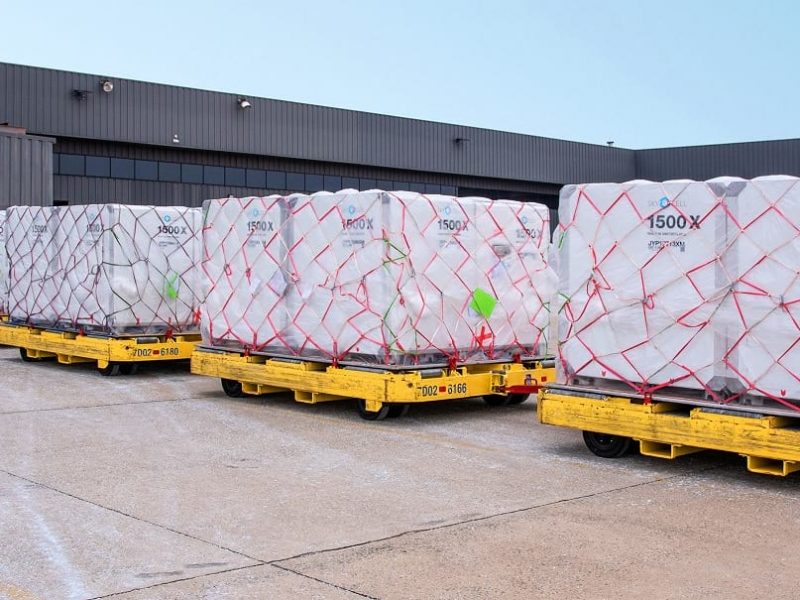Working at height is an integral part of many industrial and construction operations. Whether it’s erecting steel frames for skyscrapers, maintaining utility poles, or working on elevated platforms, the risk of falling is ever-present. In such high-risk environments, the use of fall protection equipment is not just advisable—it is mandated by law in many countries.
Among the most critical components of any personal fall arrest system is the full body harness. These harnesses are specifically engineered to protect workers by distributing the intense forces generated during a fall, thereby reducing the risk of severe injury or death.
A full body harness is worn over the shoulders, around the chest, and across the thighs, with all straps securely fastened. Unlike older body belts, which could cause serious internal injuries by focusing fall forces around the waist, full body harnesses spread these forces over larger muscle groups, such as the thighs, shoulders, and pelvis. This design helps keep the worker upright and stable during and after a fall, a critical aspect that contributes to post-fall suspension safety. When used correctly, the full body harness not only prevents the wearer from hitting the ground but also mitigates the risk of complications like suspension trauma—a potentially fatal condition caused by prolonged immobility in a hanging position.
The Engineering Behind a Full Body Harness
Modern full body harnesses are marvels of ergonomic design and safety engineering. They are constructed from high-tensile strength webbing materials like polyester or nylon, which are resistant to UV radiation, chemicals, and abrasions—properties that are essential for withstanding the demanding conditions of construction and industrial job sites. Each harness includes multiple components: shoulder straps, leg straps, chest straps, D-rings, and buckles. The D-ring, often located on the back between the shoulder blades (the dorsal D-ring), serves as the primary attachment point for lanyards or self-retracting lifelines.

Advanced models of full body harnesses also include features such as padding for enhanced comfort during long periods of wear, quick-connect buckles for easy donning and doffing, and additional D-rings on the front or hips to accommodate work positioning or climbing systems. The fall safety harness, as it is often referred to in industry jargon, is also frequently equipped with indicators that show whether the harness has been involved in a fall and must be retired from service. These indicators are crucial for maintaining safety integrity across teams, especially in large-scale operations where equipment may be shared among multiple workers.
Another essential aspect of a full body harness is its compliance with recognized safety standards. In the United States, for instance, harnesses must meet the requirements of the Occupational Safety and Health Administration (OSHA) as well as standards set by the American National Standards Institute (ANSI). These standards ensure that the equipment has passed rigorous testing for tensile strength, fall impact resistance, and design consistency. Without such regulatory oversight, there would be no guarantee that a harness would function effectively in real-world fall scenarios.
Integration into Personal Fall Arrest Systems (PFAS)
A full body harness is one component in a larger system known as a personal fall arrest system. This system typically includes three main elements: the harness, a lanyard or lifeline, and an anchor point. These three components work together to arrest a fall quickly and safely. When a fall occurs, the lanyard or self-retracting lifeline connected to the harness engages and stops the fall by absorbing and dissipating the kinetic energy. The harness must then distribute the remaining forces safely over the worker’s body.

The placement and quality of the anchor point are just as important as the design of the harness itself. Anchors must be able to withstand forces of at least 5,000 pounds or be designed and certified by a qualified person to provide an equivalent level of safety. When the anchor point, fall arrest lanyard, and full body harness are properly used in conjunction, they form an integrated and reliable safety mechanism that drastically reduces the likelihood of serious injury during a fall incident.
Even the most technologically advanced fall safety harness will not provide adequate protection if it is not used correctly. This is why training is a key component of any fall protection program. Workers must be taught not only how to properly wear and adjust a harness but also how to inspect it for signs of wear and damage. Before each use, a visual inspection should be conducted to look for frayed webbing, broken stitches, or damaged buckles. If any such issues are found, the harness must be taken out of service immediately.



